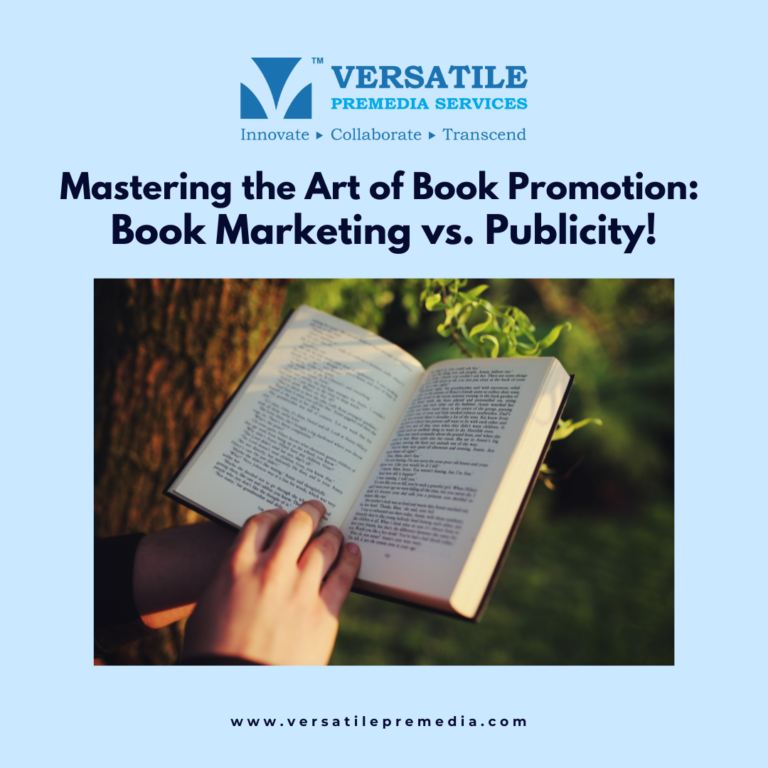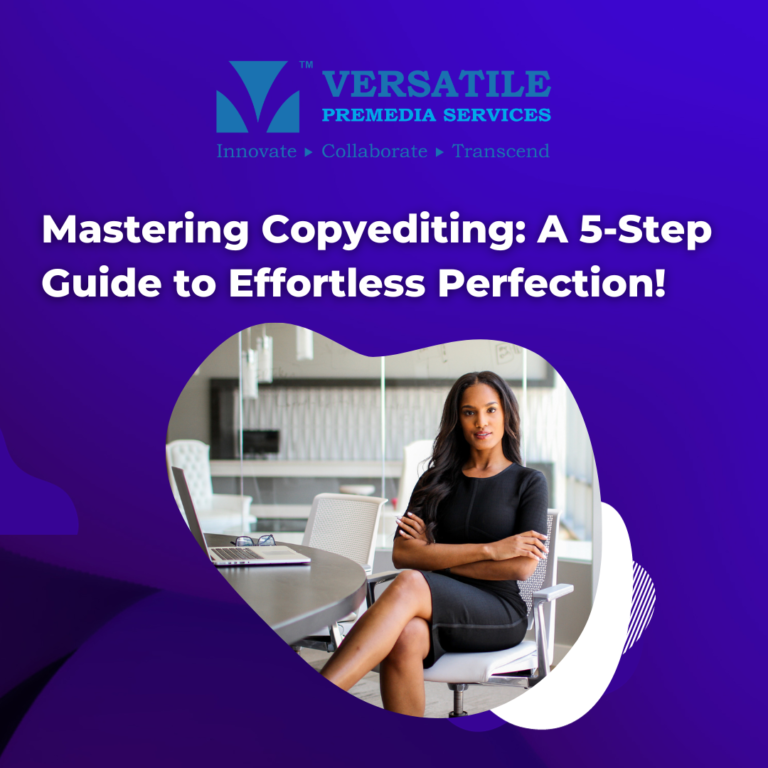A lot depends on your story opening because it’s the first impression you are trying to make on your reader. Lifeless story openings are not wrong to open with, but a great writer can make even the most pedestrian series of events read as fascinating—consider if you can find a more inspirational way to begin.
It can be taxing to strike a balance between writing something that gets a book sold and also works as the beginning of the Book. The main point in both cases is to write your opening as a hook, a paragraph that attracts the reader and makes them read more. Getting hooked makes a probable buyer want to read on, but for those who have already purchased the Book, it acts as a fuel for their continued interest.
Here are some of the most common story opening mistakes—
- The fake-out/ Wake up Scene
One act that rubs readers up the wrong way is when the story begins with a false premise from which the character wakes up. This is done by setting the opening passage in a dream scene. It doesn’t matter how or why the protagonist wakes up—only that it’s a waking up scene.
If your opening doesn’t impact the story, then you can say anything you want to get the reader’s attention. But the problem starts when the reader moves past the opening and realises that they are not reading the story you have curved them into.
Rather–
Ideally, the opening will be directly relevant to your story. Nothing beats an honest catch that gets a reader interested in what they are going to experience. Heavily implying that a dream opening is a prophecy removes some of the stings from the waking up scene.
- Prologues
The act of placing a preface before the first chapter is often used to make a story feel epic. Prologues can act as an anti-hook, distancing the reader from the story. The word ‘preface’ at the top of a page explains to a reader ‘the real story hasn’t started yet but read this first’.
It is possible to hook an audience by presenting a particularly exciting episode set in the main story’s past. Story Openings, Labelling such scenes as a story’s prologue emphasises their disconnection rather than their excitement.
Rather–
Find an alternative way to deliver the information contained in your prologue. This can be done by dividing the statistics and sharing them between future chapters or finding characters who can share without it seeming strange.
- Interpretation
Telling a story means you have to familiarise your reader with its characters. Many authors deal with this through direct exposition. Merely explaining to the reader who the character is and where they are. The problem is when an author begins the story with exposition and the information dump, which the reader has to cross through to begin the story.
Show the reader a fascinating, consistent world without requiring them to understand all of its complexities.
Rather–
That’s not to say you have to ignore your world or characters, just resist explaining them for the first few pages.
The battle of wits is absorbing and gives the reader a feel for the Book’s hero. When his motivations and history are explained not only is the reader already glued, but they have a reason to care for the information.
- Too little information
The reader needs to have some kind of idea of what’s going on. The stranger the world of the story, the more the reader will need information.
Rather–
The answer is to start your story somewhere where the differences are less pronounced than in the story. So many situations are understandable without deep context.
The Soul of the Story
To nail an opening, think of it as an introduction to the voice of the Book. Potential readers will use the opening to decide if they enjoy your tone or not. The good news is that the readers who will appreciate your novel will be hooked by an impressive, uncomplicated introduction that showcases a sound and style they enjoy.
Do your characters the favour of some breathing room before their introduction. Allow your readers to get their hands in a new world before they learn its history. Overall, remember that story openings are for tone, personality and excitement. Start on the right step, excite your readers, and you will have fans before the end of the first chapter.
Remember that after the first five pages are another five pages, and then another five. If challenges pop up in the opening, that will indicate other problems down the line—which is why editors use them as an indicator for overall script quality.




3 Responses
Wow, incredible weblog format! How lengthy have you ever been running a blog for? you made running a blog glance easy. The overall glance of your web site is great, let alone the content material!
I never heard of “Watership down” before. Looking forward to watching it after it has come in the discount bins at my local supermarket.. I kind of want to change the soundtrack of this trailer with quotes and sounds from the lionking.. (f.ex. when the hares are on top of a cliff looking over a landscape with the sun in the background, I would’ve put in “Everything the light touches is our kingdom”, and I suspect that “Be prepared” would fit nicely (possibly with some cuts) over those grey hares.
It means you can pile on as many websites as you can handle – the hosting is sort of ‘open-ended’ 🙂